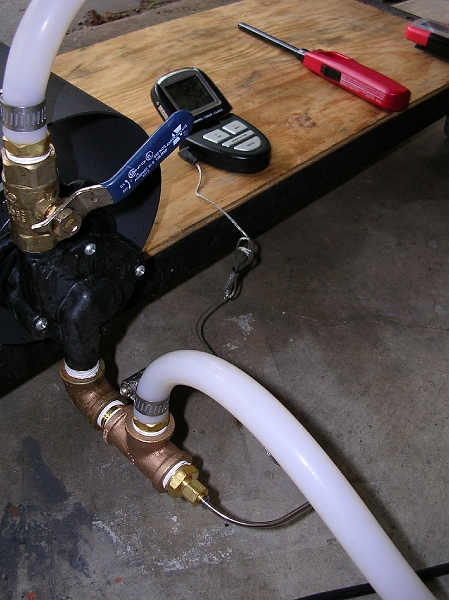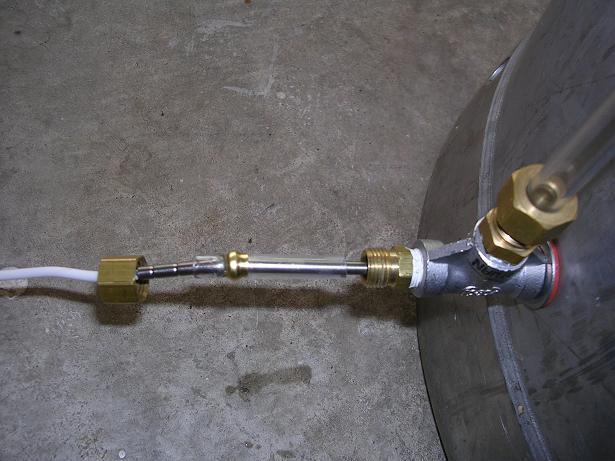Dr_Deathweed
Well-Known Member
As back story, I currently use a direct fire type RMS. I just recently changed my thermometers out on my rig due to damage (they don’t like it when the cord falls into the burners  ), and noticed a significant decrease in efficiency, as well as an increased incidence of scorching on the bottom of my MT. Grant these are el cheapo walmart special thermometers, but my last ones lasted me quite a while perfectly, and now the new ones seem to be not cutting the mustard.
), and noticed a significant decrease in efficiency, as well as an increased incidence of scorching on the bottom of my MT. Grant these are el cheapo walmart special thermometers, but my last ones lasted me quite a while perfectly, and now the new ones seem to be not cutting the mustard.
Now if I am going to be re-investing in good thermometers, I thought about going ahead and switching to a traditional RIMS type setup. From what I read, if you have a good thermocouple positioned correctly, you can switch the element on and off at only a few degrees above target, and maintain temps with little risk of scorching if used properly. With addition of this setup, I can still direct fire strike water, but won't be switching my burner on and off through out the mash, worry about having the flame slightly too high, and can save my propane for the HLT and BK.
Question: How well does a RIMS work for step mashing? I have read that HERMS is great for maintaining, but trying to raise temps this way can be tedious. I would imagine having an element in direct contact that can be set by PID to desired temp would be superior and fairly quick at reaching different mash temperatures.
Also, are there further drawbacks to the RIMS that I am not seeing? I considered doing a HERMS, but I am currently on a 3 tier stand with only 1 pump, and also brew outdoors with a fair amount of wind that likes to strip heat from my HTL and MT, and saw temperature control this way only being slightly better than my current arrangement.
Thanks!
Now if I am going to be re-investing in good thermometers, I thought about going ahead and switching to a traditional RIMS type setup. From what I read, if you have a good thermocouple positioned correctly, you can switch the element on and off at only a few degrees above target, and maintain temps with little risk of scorching if used properly. With addition of this setup, I can still direct fire strike water, but won't be switching my burner on and off through out the mash, worry about having the flame slightly too high, and can save my propane for the HLT and BK.
Question: How well does a RIMS work for step mashing? I have read that HERMS is great for maintaining, but trying to raise temps this way can be tedious. I would imagine having an element in direct contact that can be set by PID to desired temp would be superior and fairly quick at reaching different mash temperatures.
Also, are there further drawbacks to the RIMS that I am not seeing? I considered doing a HERMS, but I am currently on a 3 tier stand with only 1 pump, and also brew outdoors with a fair amount of wind that likes to strip heat from my HTL and MT, and saw temperature control this way only being slightly better than my current arrangement.
Thanks!




